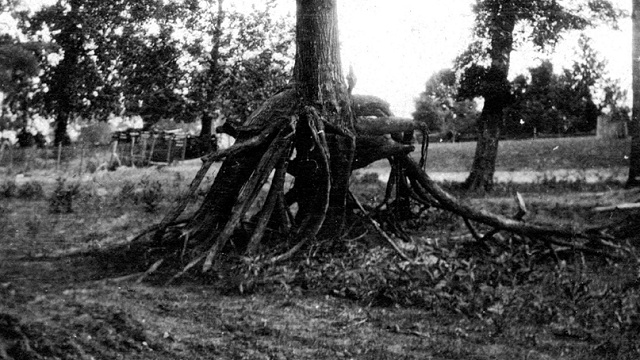
A new study looks at the Midwest site of one of America’s greatest earthquakes and argues that its seismic activity is not fading away, but steady on a course toward large future quakes.
In the winter of 1811-12, a cluster of four fearsome earthquakes in the central Mississippi River valley literally rocked the nation. Shaking was felt as far away as the Atlantic coast. A large area was thoroughly disrupted around the common borders of Missouri, Arkansas, Tennessee, Kentucky and Illinois. Riverbanks collapsed, farm fields erupted in mud and sand, large areas of land turned to jelly, and part of northwestern Tennessee sank and filled with water to form Reelfoot Lake. Today scientists know these earthquakes as the New Madrid sequence, named after the small Missouri town (“New MAD-rid”) near their epicenter.
The land was largely wilderness at the time. Not so today. A repeat of the New Madrid quakes would be a calamity on a par with Hurricane Katrina or the 1906 San Francisco earthquake. The larger cities affected would include Little Rock, Memphis, St. Louis and Evansville. So the study in today’s issue of Science is part of a genteel scientific argument with expensive consequences. How much should these places spend on strengthening buildings? How should their building codes and long-term planning reflect seismic risks?
The answer depends partly on where the region sits in the earthquake cycle. Some researchers have concluded that the 1811 quakes are long finished, including their aftershocks, and that the small quakes we detect today are part of the steady buildup of stress between large ones. Others have argued that in places like this, which are far from the active edges of any tectonic plate, aftershocks last many times longer than they do in, say, California. Is the next New Madrid quake “busy being born,” as Bob Dylan might have put it, or is the 1811 quake still “busy dying”? The “dying” model suggests that earthquakes will grow fewer and smaller until seismicity reaches some background level as time goes by. The other model suggests that we’re already at background level, and seismicity will not fade away.
The Science paper, by government seismologists Morgan Page and Susan Hough, compares the expected pattern of seismic events to the earthquake record, such as it is. The question they asked is whether the record fits an aftershock pattern. They conclude that it definitely does not.
